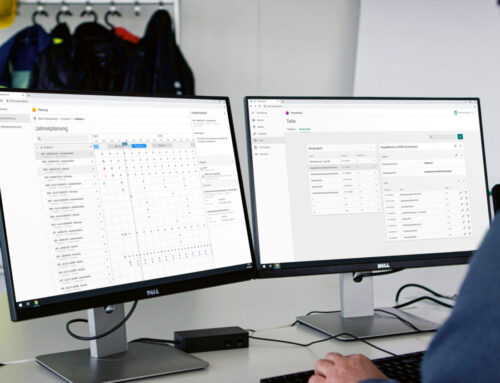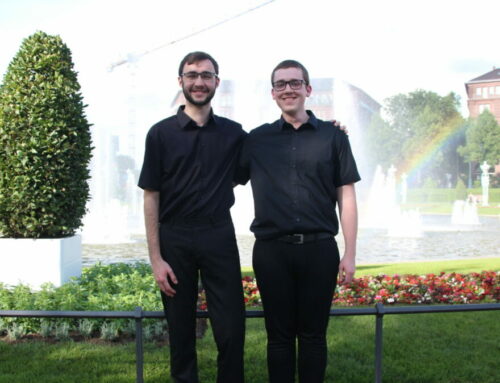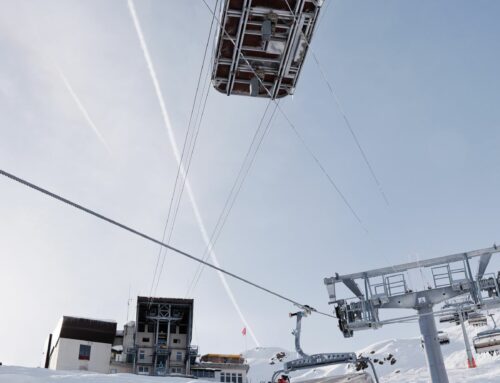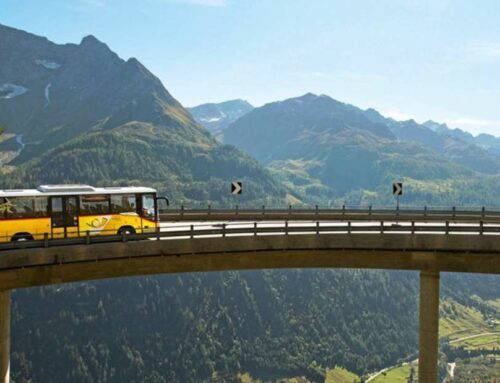
Digitalisation & Innovation, SI World 1/2023
The digital mountain
How can linking data make the experience on the mountain more interesting, healthier, more environmentally friendly and safer? Research institute Salzburg Research is tackling this question together with Abios Gmbh, which is helping with the collection of data. Bespoke data help with the development of sustainable products.
With a mobile, digital “mountain laboratory”, outdoor services can be tried directly on site and optimised using artificial intelligence (AI). The challenges with trials of this nature include multi-sensor fusion in the collection of data in the field as well as real-time data transmission for feedback from AI systems.
Previous field trials have revealed various challenges in the establishment of AI-based systems for analyses of human movement data: physical properties of test tracks are required for various movement types, such as running, walking, hiking, skiing, as well as a specific, digital, AI-capable infrastructure.
An AI system that delivers data in real time has been in development since March 2022 in Salzburg and the neighbouring mountain regions of Tyrol and Styria. Through smart linking of various real-time Alpine data sources, exciting and practical services can emerge on the mountain.
This can be beneficial for guests and locals alike, who want to use the mountain for relaxation and sports, as well as for companies and organisations in the areas of tourism, health, sports and safety.
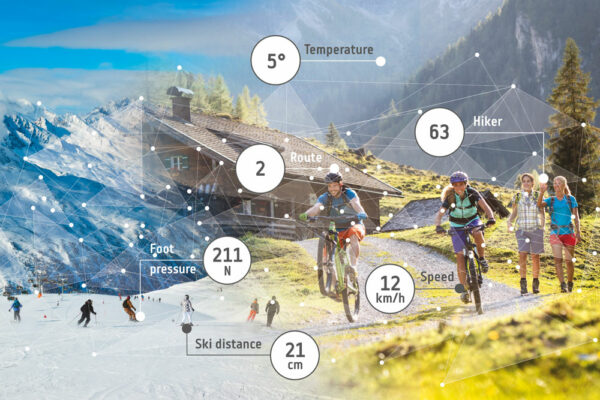
Data collected by AI can make the experience on the mountain safer and more barrier-free.
Photos: Salzburg Research
Improved safety on the mountain
Depending on the condition of a skiers turns, either a piste or a break can be recommended. For hiking, the route can be adapted on the spot, depending on individual ability or condition. Danger spots on the slopes are detected automatically, and digital restricted zones prevent dangerous situations, for example with snow groomers.
They also protect the forest, wildlife and young plants. Sports people can receive live feedback during training, and missing people can be quickly found and rescued. Artificial intelligence enables faster detection and fighting of forest fires. An analysis of hiking trails can help walkers to assess better whether they can safely and realistically manage both a hiking trail and in particular also the way back.
As well as length and difficulty level, the assessment would take into account the current condition of the path, the time of day and the current weather. Artificial intelligence would remind users to turn back in time, if it became foreseeable that the destination could no longer be reached in the given circumstances.
Test environment for stakeholders
The main aim of the test environment from Salzburg Research is concept development for a mobile test infrastructure. Various test scenarios for Alpine outdoor sports activities are in progress on appropriate test tracks, in respect of improving performance or health of the individual in the professional or leisure sector.
In future, the test environment should be available for the innovation projects and test scenarios of stakeholders such as sports equipment manufacturers, technology providers, mountain railway operators, service providers or research institutions.
More environmentally friendly travel Using GPS and mobile data in combination with other data such as weather, season or day of the week, it would be possible automatically to determine the demand for public transport and to produce an appropriate offer. In addition, shuttles could be coordinated by means of an app.
Even a surprise function could offer value added: in this case, rather than a precise destination, walkers could simply enter attributes such as “strenuous mountain hike” or “natural bodies of water with opportunities for swimming,” and the algorithm would suggest appropriate destinations together with an optimal journey by public transport.
Another option would be to link people up and thus facilitate car-sharing. Whether service buses organised by artificial intelligence, shuttle buses calculated by an app, or carsharing facilitated by the app: in all three cases, private transport to the mountains can be reduced and the natural habitats on the mountain can be protected. Fuel costs can be shared and even people with no driving licence or car can gain easy access to destinations in the mountains.
A smart ski boot can warn the skier of tiredness and advise a break. It does this by analysing the skier’s turns.
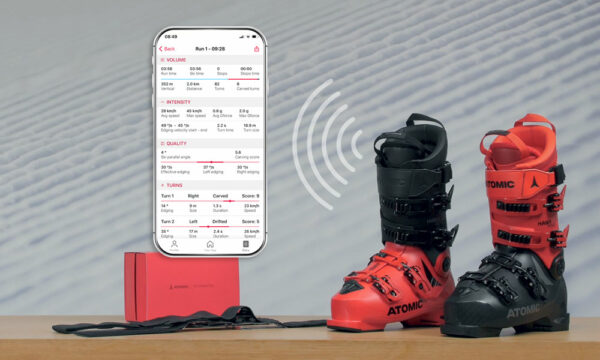
Protecting the environment
More and more people are flocking even to areas where there was previously little need for communications. Measures are needed here – flexibly adapted to the respective season and weather situation – which ideally involve positive incentives rather than bans.
In those areas where it is ecologically acceptable to spend time, value added must therefore be offered for guests. This will create the incentive to stay preferably within the allocated natural areas.
Conclusion:
| Basis for the development of services: | With the aid of data collected through AI, new services can be developed for guests on the basis of the feedback from the AI. |
| Improved safety: | Real-time data can make pistes and hikes safer. |
| Ecological footprint: | Artificial intelligence can find the best route to the desired destination. |
| Faster response: | Forest fires can be detected faster and missing people can be found more quickly with the aid of real-time information. |
| Digital restricted zones: | AI can send a warning to your mobile phone, if you enter a designated restricted zone. |

